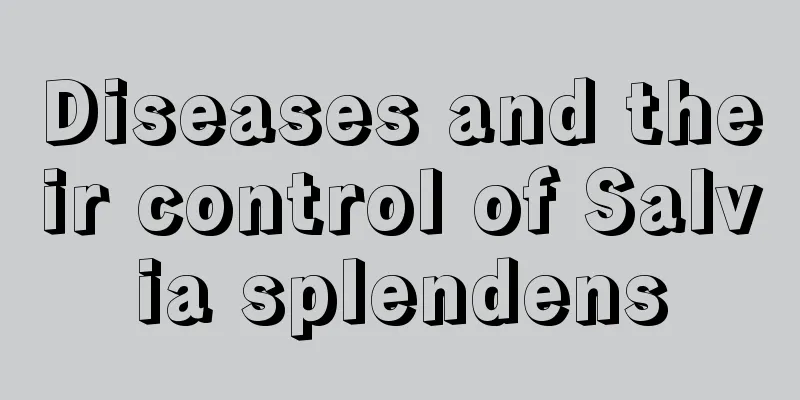Passion fruit pests and control methods

Passionflower Pests: AphidssymptomAphids are the fastest reproducing insects, and can reproduce 10 to 30 generations a year. Female aphids can reproduce from birth and do not need males to reproduce. Aphids use their mouth needles with sucking mouths to pierce the epidermis of plants and suck the juice from the tender leaves of the plants, causing the plants to grow slowly. The secretions of aphids also attract ants. Prevention and treatment methodsWhen breeding, pay attention to regular ventilation and light transmission to prevent aphid infestation. If the number is small, kill them manually and spray them with 1500 times diluted 80% DDT emulsion in the initial stage. If diseased plants are found, they need to be removed and destroyed in a timely manner to prevent the pests from spreading further. Passion fruit pests: Red spider mitessymptomRed spider mites are relatively small and not easy to be found. They are reddish brown or orange in color. Once found, the damage they have caused is often already quite serious. Red spider mites use their mouthparts to absorb nutrients from leaves, causing an imbalance in the plant's water metabolism and affecting its normal growth and development. Red spider mites generally reproduce in an environment with higher temperature and lower humidity, and a single spider will do little harm to plants. Prevention and treatment methodsIdeal prevention and control effects can be achieved by spraying 1000-1500 times diluted 40% dicofol emulsifiable concentrate, 2000 times diluted 20% acarb wettable powder, 2000 times diluted 15% cypermethrin emulsifiable concentrate, or 6000-8000 times diluted 1.8% cypermethrin emulsifiable concentrate. Passion fruit pests: coffee borersymptomThe larvae of the coffee wood borer will damage the trunks and branches, causing the parts above the damaged area to turn yellow and die, or be easily broken by strong winds, seriously affecting the growth and yield of the plants. Prevention and treatment methodsRegular inspections should be carried out. When insect feces are found at the entrance of the column and below it, 100 times the concentration of DDT or omethoate should be injected with a syringe in time, and then the entrance should be sealed with cotton and sticky yellow mud to kill the pests. |
<<: Common Pests of Tiger Flower and Their Control Methods
>>: Pests of Dichondra chinensis and their control
Recommend
Cultivation methods and precautions of Huoxuedan
1. Breeding methods 1. Soil: The growth ability o...
How to plant lotus root in pot
Potted lotus roots are generally planted in April...
How to grow boxwood
1. Breeding methods 1. Soil: Boxwood grows well i...
Can the osmanthus tree be placed in the bedroom?
1. Can it be placed in the bedroom? If you want t...
What should you pay attention to when growing flowers at home in spring?
Although flowers are beautiful, they need care. O...
How to grow gardenia seedlings and how to care for them after planting
1. Semi-shade maintenance Gardenia seedlings like...
When and how to plant pig ear beans
Planting time of pig ear beans Pig ear beans can ...
How does Euphorbia milii survive the winter?
1. Maintenance location The climate outside in th...
Wax Apple Planting Conditions Climate and Temperature in the Planting Area
Introduction to Wax Apple The height of the wax a...
When does rose bloom?
1. Flowering period Roses usually bloom in mid-to...
Key points of cultivation technology for loofah outdoor planting time and method
Open air loofah planting time Open-air loofah can...
How to grow water lilies? Can they be grown in water?
1. How to plant 1. Time selection: There is no li...
How to turn your flowers into blooming machines, so that there are so many flowers that you can never cut them all!
Kalanchoe 1. Re-cutting of branches 1. Re-cutting...
How to grow four-season plum
1. Soil The main requirements for the soil for gr...
Can roses be grown in the north?
Can roses be grown in the north? Roses can be gro...









